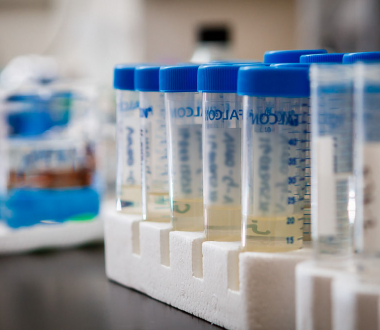
Over 10 people per hour, nearly 300 per day, every day lose their lives to drugs nationwide.
To facilitate comprehensive prevention and response, the Centers for Disease Control and Prevention has awarded a five year, up to five million dollar per year grant to the New York State Department of Health’s AIDS Institute Office of Drug User Health. Of this, $1.75 million, or $350,000 annually, has been awarded to the Wadsworth Center.
Known as Overdose Data to Action in States, or OD2A-S, the grant seeks to affect change through surveillance and prevention of overdose cases in the country.
- Surveillance strategies seek to improve surveillance infrastructure, link data sources, monitor overdose-related emergency department visits, notify local partners of elevated overdose activity, rapidly respond to overdose clusters within each county in New York State*, collect data on the substances detected, and perform biosurveillance.
- Prevention activities include engaging clinicians and others in the health system, strengthening harm reduction and community-based linkages to care, building public safety and health partnerships, and improving information technology and prescription drug monitoring programs.
It is this last surveillance strategy, biosurveillance, in which the Wadsworth Center plays its role on the team. Under this strategy, emergency departments from hospitals send urine and blood specimens from suspected non-fatal overdoses to the Wadsworth Center, which then identifies the drug involved and performs quantitative analysis to measure precisely how much of a substance is present in body fluids.
The Wadsworth Center has developed capabilities to determine more than 100 drugs and adulterants (such as xylazine) in urine and blood and also has the capabilities to screen for ‘unknown/suspect’ agents involved in overdoses.
*excluding New York City. NYS DOH is part of OD2A in States. NYC participates through OD2A: LOCAL.
Supported by the Award Number NU17CE010215, of the Centers for Disease Control and Prevention. Contents are solely the responsibility of the authors and do not necessarily represent the official views of the Centers for Disease Control and Prevention.
Related publication
Subedi B, Kannan K. Mass loading and removal of select illicit drugs in two wastewater treatment plants in New York State and estimation of illicit drug usage in communities through wastewater analysis. Environ Sci Technol. 2014 Jun 17;48(12):6661-70. doi: 10.1021/es501709a. Epub 2014 Jun 6. PMID: 24865581.